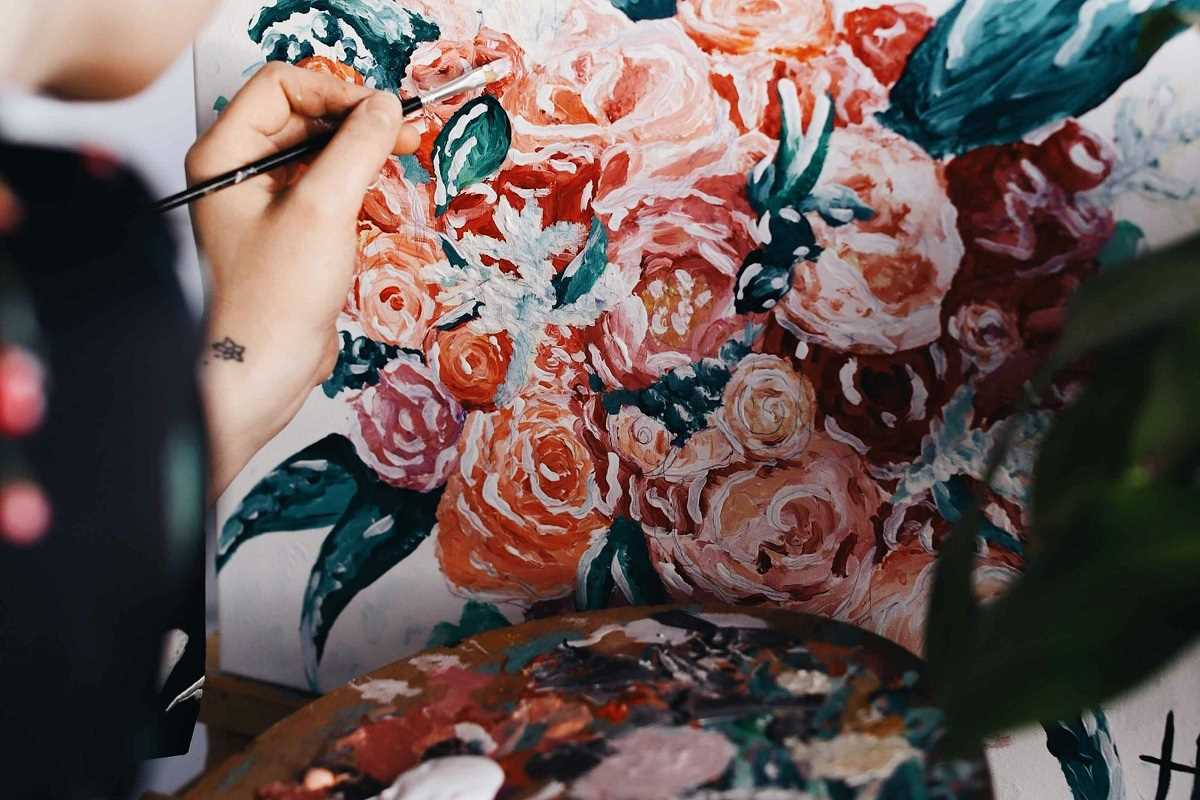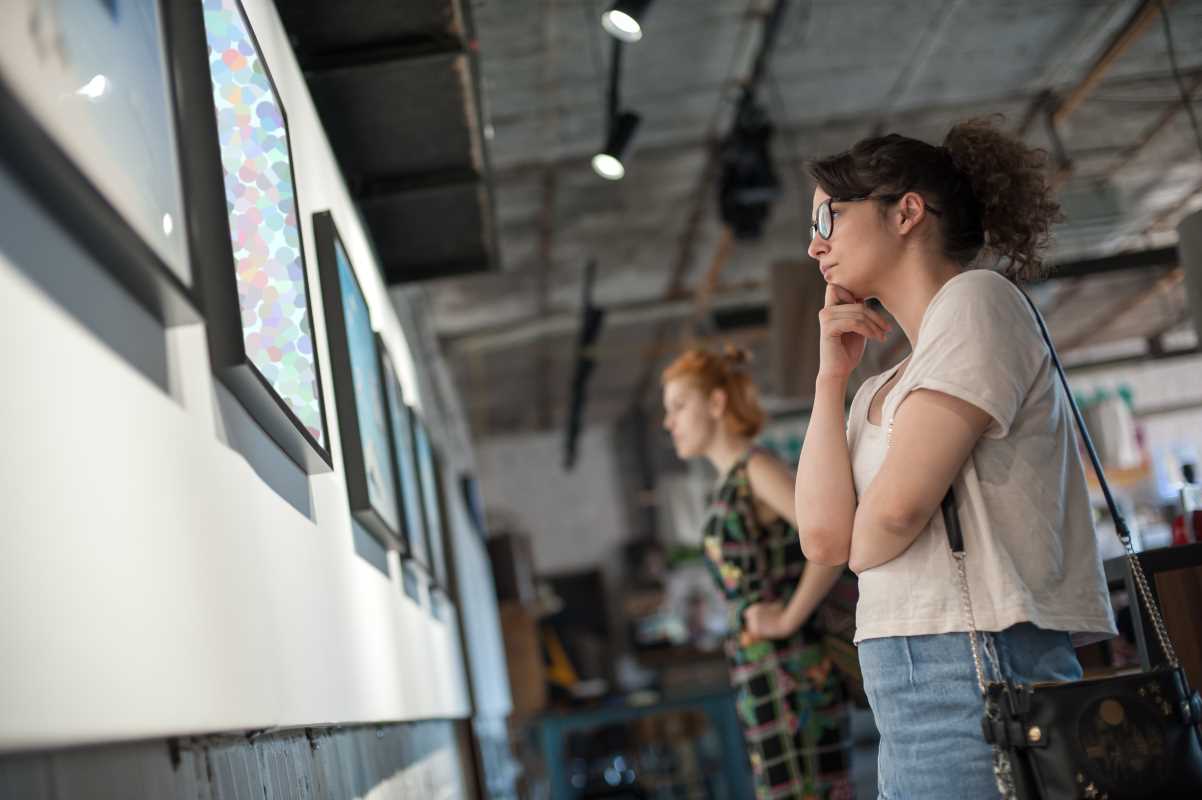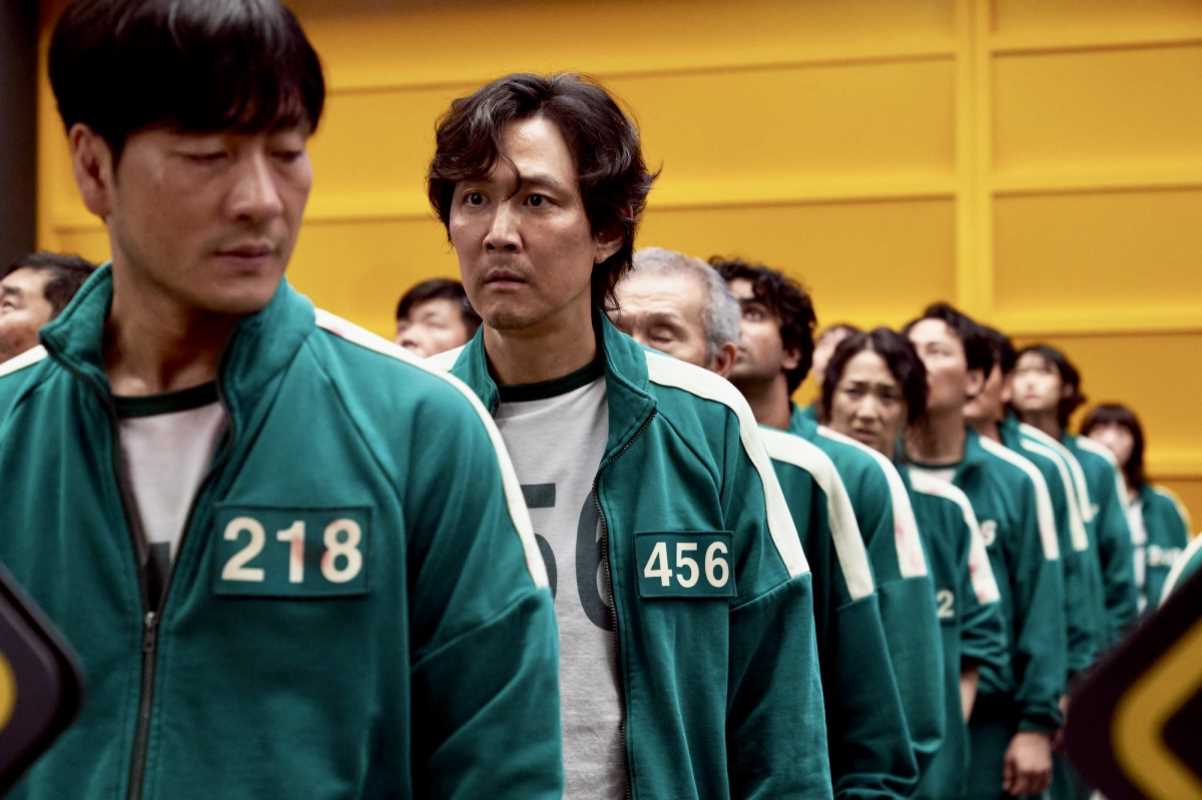Art has long been celebrated for its emotional and intellectual impact, offering a way to express, reflect, and connect. While often seen as a means of self-expression or entertainment, art is increasingly recognized for its powerful benefits in mental health and creativity. Engaging in artistic activities—whether painting, writing, sculpting, or even coloring—can reduce stress, provide an outlet for emotional expression, and promote personal growth. Beyond individual fulfillment, creative practices encourage problem-solving and innovation, offering tools that are just as valuable in life as they are in art studios. This article explores the many ways art can enhance mental well-being and foster creativity.
Art as a Tool for Mental Well-Being
Creating art allows the mind to shift into a state of focus often referred to as "flow." When someone is immersed in crafting or painting, time seems to melt away, allowing them to forget external pressures. This mental state provides relief from chronic stress and anxiety, which are becoming increasingly prevalent in modern life. Activities like adult coloring books gained popularity for this very reason—they help users unwind and enter a meditative-like state, which soothes the nervous system.
Studies have shown that engaging in artistic activities reduces levels of cortisol, the stress hormone. For instance, doodling or simply scribbling with no structured goal can be remarkably calming. This act encourages mindfulness, where the mind focuses on the present moment rather than dwelling on worries or future stressors.
Emotional Expression and Healing
Art provides a safe space to explore and express emotions that may be difficult to articulate in words. The act of painting, drawing, or writing can externalize inner turmoil and help people process emotions like grief, anger, or confusion. Additionally, it can allow someone to approach these emotions objectively, which often leads to clarity and acceptance.
One area where art is particularly effective is in trauma recovery. Art therapy—the structured use of art under the guidance of a trained therapist—has shown tremendous benefits for individuals coping with emotional and psychological challenges, such as PTSD. For example, war veterans have used art therapy to process painful memories, creating visual representations of their experiences as a way to confront and heal from their trauma. Similarly, survivors of abuse or neglect can find that art therapy helps them reconnect with their sense of identity and self-worth.
Improved Cognitive Function
The benefits of art aren't limited to feelings and emotions. Artistic activities stimulate the brain, improving problem-solving, memory, and concentration. When drawing, painting, or sculpting, different parts of the brain must work together—visualizing, planning, and executing. This integration strengthens neural pathways and enhances cognitive flexibility, which is beneficial for tasks both creative and logical.
For seniors, in particular, engaging in art-related tasks has been shown to delay cognitive decline and support memory retention. Programs that involve painting or crafting are frequently used with individuals diagnosed with dementia, helping them maintain focus and triggering pleasant memories associated with creative expression.
Building Resilience and Self-esteem
Creating art can lead to a sense of accomplishment, boosting confidence and resilience. Whether the piece ends up exactly how the artist envisioned or takes an unexpected route, the process itself is empowering. It reminds people that imperfection can still be beautiful and that taking risks often leads to fulfillment. This is especially relevant for individuals struggling with self-esteem or perfectionism, as it teaches them to detach their sense of self-worth from external validation or rigid standards.
Programs like community murals or ceramics workshops often emphasize collaboration, encouraging participants to trust their ideas, work alongside others, and celebrate both individual and group results.
The Role of Art Therapy in Mental Health
Art therapy is a structured approach that combines artistic expression with mental health treatment. Guided by therapists, participants use artistic tools to explore their inner worlds, gain new perspectives, and work through specific struggles. This form of therapy is used widely in clinical and community settings to address a range of challenges, including depression, anxiety, addiction, and childhood trauma.
Case Studies in Art Therapy
Hospitals and Chronic Illness - Patients with chronic illnesses often endure emotional distress in addition to their physical challenges. Many hospitals now offer art therapy programs that allow these patients to find moments of solace and distraction from their pain. For instance, painting during chemotherapy treatments can provide a much-needed emotional outlet, helping patients regain a sense of control over their lives.
Children and Adolescents in Therapy - Art therapy is particularly effective in helping children who may lack the verbal skills to explain their complex emotions. For example, a therapist might ask a child to draw how they feel. This allows the child to share emotions that might otherwise be kept hidden while giving the therapist valuable insight into their experiences.
Group Recovery Programs - For individuals battling addiction, group art therapy fosters camaraderie and creates a judgment-free environment for self-expression. Working on collaborative art projects like mosaics or murals can help participants envision the value of community and shared effort while rebuilding confidence.
Expanding Problem-Solving Skills
When engaging in an artistic process, you inevitably encounter challenges—How do I make these colors blend? How do I shape this material to match my vision? These questions push your brain to think in new ways, teaching both patience and flexibility. The ability to adapt when something doesn’t go as planned is a skill that translates directly into real-world problem-solving. It teaches resilience and the value of experimentation, encouraging people to try different paths until they find the one that works.
For professionals in fields as varied as entrepreneurship and engineering, maintaining a creative practice often leads to breakthroughs in their work.
Encouraging Innovation Through Freedom
Art allows individuals to escape the constraints of rigid thought patterns. While much of adult life requires structure and precision, the creative process embraces ambiguity and open-ended exploration. This freedom can often lead to innovative ideas—some of the world’s greatest scientific and technological advancements were inspired by metaphorical or visual thinking.
Take famed inventor Leonardo da Vinci, for instance. His exceptional creativity stemmed from balancing art, anatomy, and engineering. Even in today’s tech-heavy world, companies like Google encourage creative hobbies to help their employees find unconventional solutions.
Sparking Personal Growth and Insight
Creating art connects us to who we are, what we value, and what stirs us emotionally. For many, engaging in artistic practices leads to moments of profound self-discovery. Writing a poem might help someone realize a lesson they've learned, while sketching can reveal subconscious worries or desires. These moments of insight contribute to personal growth, encouraging individuals to make changes or decisions that align more closely with their authentic selves.
Contemporary abstract artist Yayoi Kusama, known for her famous polka-dot patterns, often shares how her art helps her cope with personal struggles. Through her creative expression, she has not only found healing but also inspired millions worldwide to explore their own forms of self-expression.
Making Art Accessible
One of the great things about art is that you don’t have to be a professional to enjoy its benefits. Local art workshops, online classes, or even a simple sketchpad and pencil can offer countless opportunities. Activities like journaling, taking photographs, or gardening can also be deeply artistic and meditative. What matters most is the process—not the product.
 (Image via
(Image via




.jpg)